Fisher Girl of Concarneau
Alfred Wolmark
1911
Image
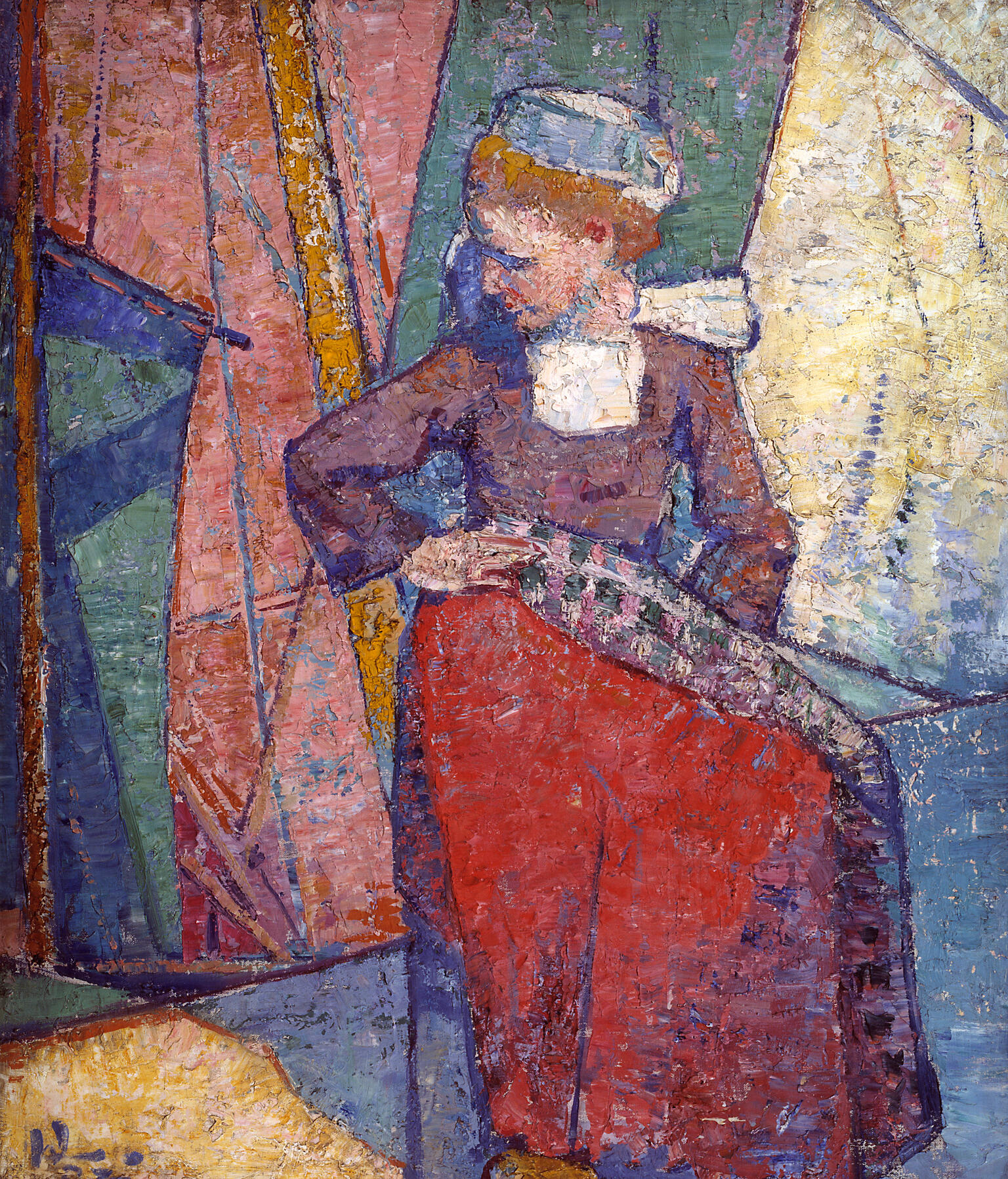
Engage with this Source
Creator Bio
Alfred Wolmark
1877–1961
Born in Warsaw, Alfred (Aaron) Wolmark moved in 1883 with his family to England, where he grew up in an immigrant Jewish milieu. While studying art at the Royal Academy Schools in London, he adopted his Anglo-Saxon first name. Wolmark’s artistic style was largely influenced by the post-Impressionists and fauvists, as evident in his bright and bold colors. In addition to painting landscapes, still lifes, and portraits, Wolmark produced stage designs for Diaghilev’s ballets, stained-glass windows for St. Mary’s Church in Slough, and illustrations for the books of the preeminent Anglo-Jewish intellectual and author of the era, Israel Zangwill.
You may also like

Two Towers
In this photograph shot on a snowy day in New York City, icy bare branches on the staircase of a building dwarf the people and two skyscrapers, creating a composition in which diagonal lines and…
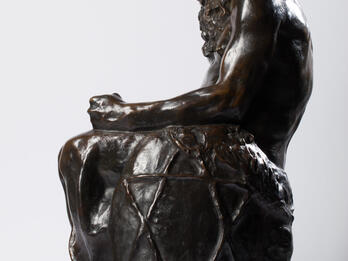
The Sleeping Messiah
Glicenstein depicted the Jewish Messiah as a semi-nude figure in the classical style, with bowed head and tethered to his seat. It received early recognition, admired by Rodin and praised in the…

Head of a Woman
Between 1909 and 1915, Amedeo Modigliani created about twenty-five stone sculptures, using techniques he learned from the modernist sculptor Constantin Brancusi. The sculptures were inspired by…
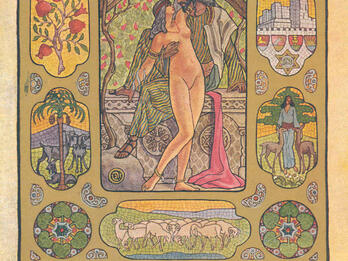
Illustrations to Song of Songs (4:1–6)
There have traditionally been two different interpretations of the biblical Song of Songs. It can be read as an erotic love poem or as a poem of yearning for the Land of Israel. Ze’ev Raban’s…
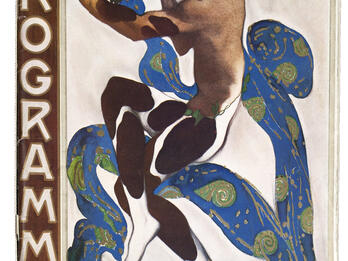
Nijinsky as the Faun
The cover of the theater program for the Ballets Russes’ seventh season is illustrated with an image of Vaslav Nijinsky wearing a costume designed by Léon Bakst for the ballet L’Apres-Midi d’un Faune…
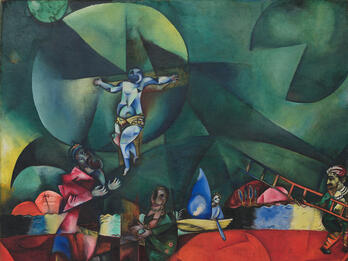
Calvary
Calvary was not the first time Marc Chagall portrayed the crucifixion in a painting, and it would not be the last. Chagall saw the crucifixion of Jesus Christ as a symbol of Jewish suffering. In this…

